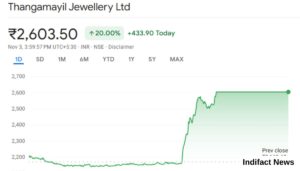
PM Modi QS Asia Rankings
The world of higher education operates on a volatile mix of national aspiration and cold, hard data, and few moments capture this tension quite like the annual release of the Quacquarelli Symonds (QS) Asia University Rankings. The recent 2026 rankings brought forth a wave of national pride, anchored by a clear message from the country’s leadership. The PM Modi QS Asia Rankings expressed his delight at witnessing a “record increase in the number of Indian universities” featured in the annual scorecard over the past decade.
This PM Modi QS Asia Rankings commendation was framed not merely as a celebration of numbers but as a commitment to national development. The government, he affirmed, is dedicated to “ensuring quality education for our youth, with a focus on research and innovation.” Furthermore, a central pillar of this effort involves “building institutional capacities in this sector by enabling more educational institutions across India”.
To understand the significance of this policy drive, one must view India’s education sector as the foundation of its extraordinary demographic dividend. It is not a simple classroom; it is a complex, rapidly expanding national infrastructure project. For decades, the priority was laying foundational roads ensuring mass access and enrollment. Now, the ambition has shifted to building world-class skyscrapers centers of elite research and global influence. Are we finally seeing the undeniable fruits of a decade of intensive policy reform, or does the story behind the rankings reveal a more complicated structural challenge?
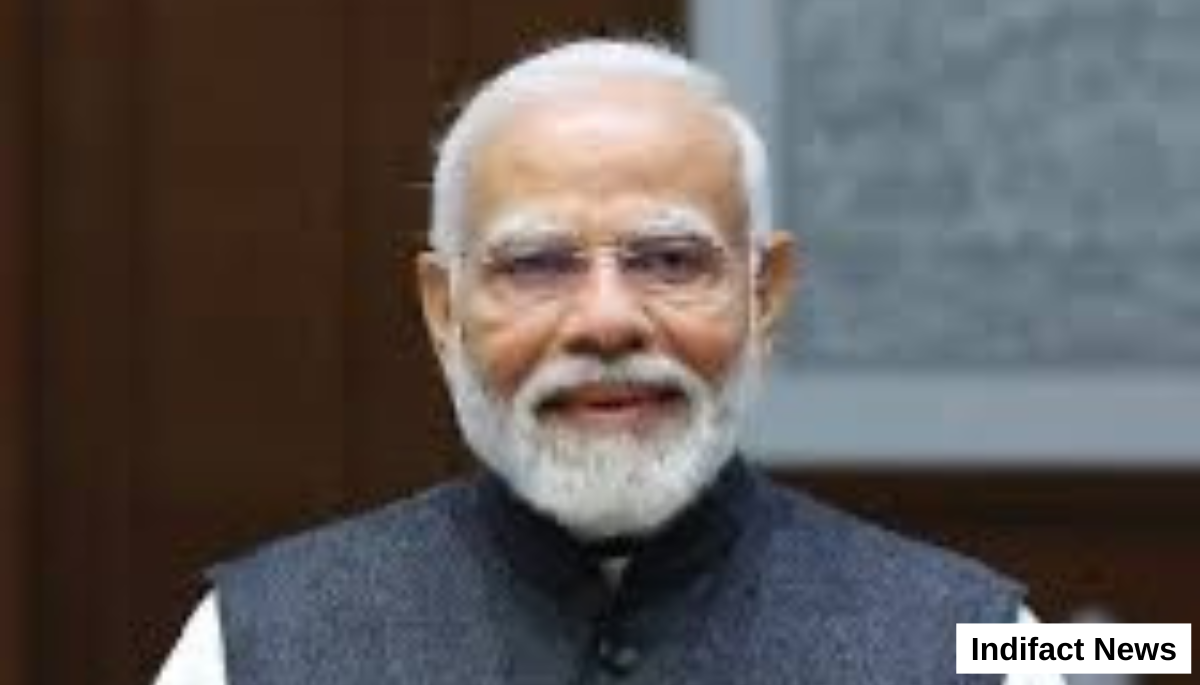
The PM Modi QS Asia Rankings government’s explicit strategy involves simultaneously addressing both quantity and quality, recognizing the sheer scale of the Indian higher education system, which has ballooned to include 1,168 universities since independence. This simultaneous focus underscores a significant policy dilemma: how does a nation democratize higher education on an unprecedented scale while maintaining, or even elevating, its elite international standing?
Expansion vs. Elite Performance – The Qualitative Tension
The data confirms the extraordinary expansion PM Modi QS Asia Rankings. India now boasts 294 ranked institutions in the QS Asia University Rankings, a phenomenal twelve-fold increase since only 2016, demonstrating the expanding capacity and improving quality standards across the higher education landscape. This achievement establishes India as the second-largest contributor to the list, a powerful marker of its rising academic footprint.
However, the celebratory headline of “record increase” masks a fundamental qualitative tension: the elite institutions are struggling to maintain their position against international rivals. While India celebrates scale, China has recaptured the title of the most represented higher education system in Asia, listing 395 institutions in the 2026 rankings, putting India firmly in second place.
Moreover, the PM Modi QS Asia Rankings hard data reveals a disturbing pattern among India’s traditionally top performers. Nine out of the top ten highest-ranked Indian institutions experienced rank slips from the previous year. The Indian Institute of Technology (IIT) Delhi, the country’s top-performing university, secured the 59th position, a drop of 15 places from its 44th rank last year. Similarly, IIT Bombay fell significantly, from 48th to 71st.
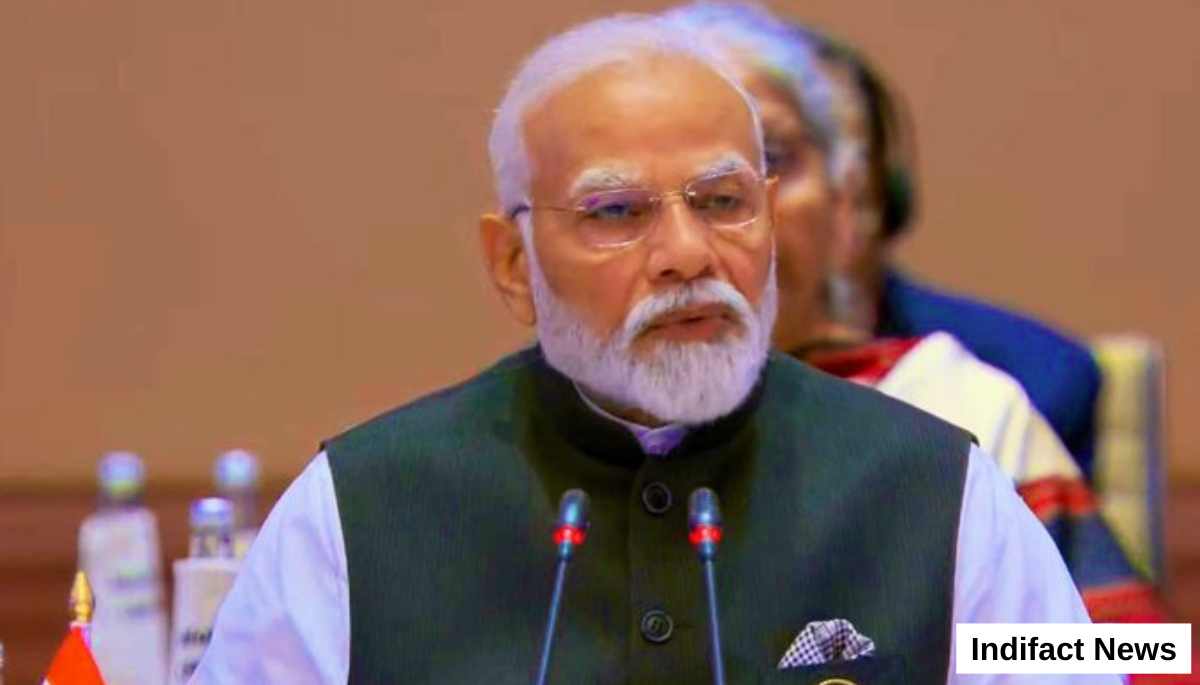
This PM Modi QS Asia Rankings trend suggests that while institutional capacity is undoubtedly growing, maintaining and improving elite international standing remains the central battleground. The policy focus on “building institutional capacities” to achieve national scale, particularly the goal of achieving a 50% Gross Enrolment Ratio (GER) by 2035 , involves mass expansion, which often dilutes resources faculty talent, research funding, and institutional attention across a larger base. Global ranking systems, which inherently reward resource concentration and exclusivity, effectively penalize a system that prioritizes mass democratization. The decline in the ranks of premier institutions like the IITs is often perceived not as a failure of those individual institutions, but as a systemic cost of this necessary expansion.
The few exceptions, such as Chandigarh University, which improved its ranking from 120th to 109th , suggest that focused strategic efforts, rather than general systemic growth, are essential for driving individual institutional success.
India vs. China: The Geopolitical Scorecard (QS Asia University Rankings 2026)
| Metric | India (2026) | China (2026) | Context/Implication |
| Total Universities Ranked | 294 (Twelve-fold increase since 2016) | 395 (Most represented system) | China recaptured the lead, highlighting the race for scale. |
| Highest Ranked Institution | IIT Delhi (59th) | University of Hong Kong (1st) / Peking University (2nd) | Top Indian institutions experienced rank slips, showing a quality concentration gap. |
| Universities in Top 100 | 7 | N/A (Dominate Top 10) | Elite ranking depth remains insufficient against competitors. |
| Research Productivity Strength | 5 Universities in Asia’s Top 10 (Papers per Faculty) | N/A | India’s strongest performance indicator (Volume/Efficiency). |
What the Rankings Really Measure: A Deep Dive into the QS Methodology
Global rankings are not purely academic purity tests; they are calibrated instruments designed to reflect specific institutional priorities, and the PM Modi QS Asia Rankings are no exception. The methodology assigns precise weightings that determine success. Academic reputation carries the heaviest load at 30%, followed by employer reputation at 20%.
For policymakers and institutional heads in India, understanding the other crucial components is vital. Key components include the Faculty/Student ratio (10%), International Research Network (10%), and the combined weight of Citations per Paper (10%) and Papers per Faculty (5%).
However, PM Modi QS Asia Rankings the mathematical impediments to a top-50 rank often lie in the internationalization metrics. The proportion of international faculty (2.5%), international students (2.5%), and the proportion of inbound and outbound exchange students (2.5% each) collectively form a significant hurdle. Because India’s historical mission has been focused almost exclusively on serving its enormous domestic population, these metrics which are heavily weighted for global prestige and mobility have traditionally acted as a bottleneck for its premier institutions, especially when compared to globally mobile hubs like Singapore or Hong Kong.
The Unsung Success: India’s Research Productivity Engine
Amidst the anxiety over slipping ranks, PM Modi QS Asia Rankings a notable area of Indian academic success deserves recognition: research productivity. The QS methodology includes the “Papers per Faculty” indicator, which measures scholarly output relative to the size of the faculty.
In this critical area, India performed exceptionally well. The rankings highlighted that 5 Indian universities were ranked among Asia’s top 10 in Papers per Faculty, with 28 institutions featuring among the top 50. This impressive output demonstrates that India possesses the intellectual capital and faculty dedication necessary for world-class research, achieving high research efficiency despite significant systemic constraints.
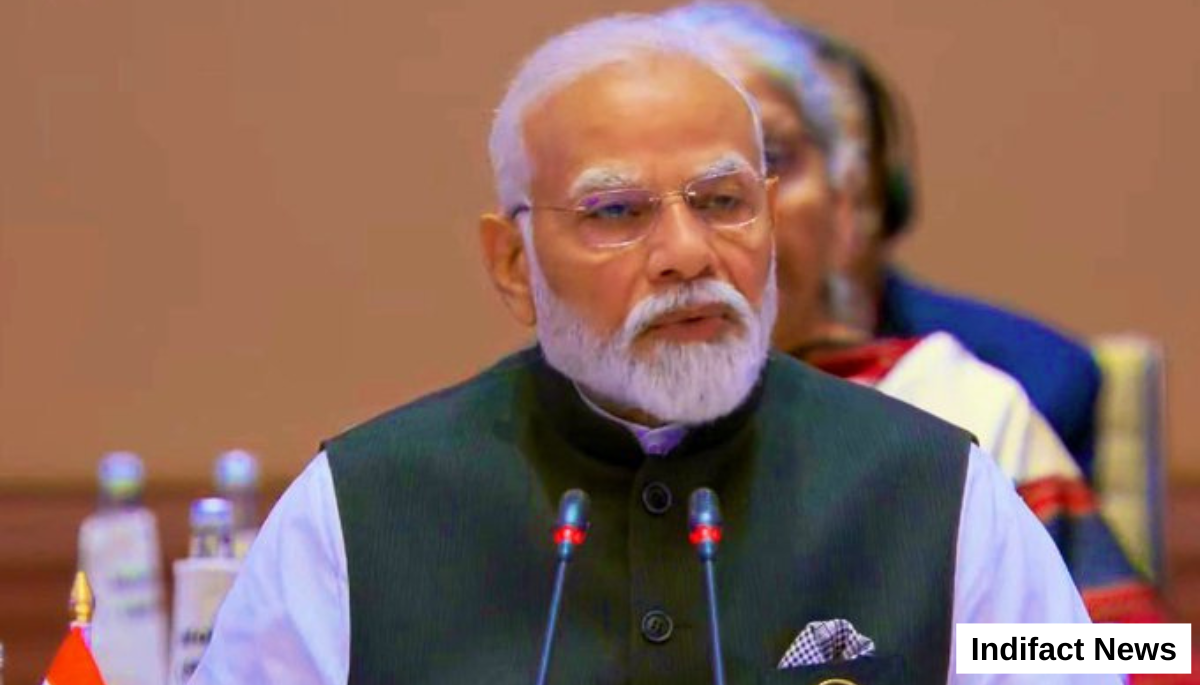
This high productivity, however, PM Modi QS Asia Rankings creates a noticeable paradox when contrasted with the overall decline in elite ranking positions. If India’s faculty are publishing at an elite rate, why aren’t the citation numbers translating into better global recognition? The answer often lies in the quality of impact versus the sheer volume of output. The metric of “Citations per Paper” (weighted at 10%) likely suffers due to the insufficient funding for collaborative research networks, limited resources for dissemination in high-impact international journals, and a generalized lack of high-cost, cutting-edge infrastructure. This discrepancy suggests that the government’s priority must strategically shift from merely enabling research output to actively facilitating research impact and visibility through targeted mechanisms.
The Funding Chasm: R&D Investment and Global Competitiveness
The PM Modi QS Asia Rankings primary structural inhibitor to sustained ranking success is the persistent lack of adequate investment in research and development (R&D). The Gross Expenditure on R&D (GERD) as a percentage of GDP has remained stagnant, hovering between 0.64% and 0.66% during the 2018-2021 period. This figure is significantly below the global average and pales in comparison to international competitors like China, South Korea, and the US.
This PM Modi QS Asia Rankings financial chasm is compounded by a low contribution from the private sector. In India, the private sector accounts for only around 36% of GERD. This is sharply contrasted with the aforementioned competitor nations, where private sector investment often exceeds 70%. This deficit starves institutions of the dynamic, market-driven funding essential for rapid innovation, attracting high-cost international talent, and supporting the type of high-stakes, cutting-edge research necessary for high citation impact.
The PM Modi QS Asia Rankings low and stagnant GERD fundamentally limits a university’s ability to invest in the prerequisites for global recognition namely, expanding international research networks (10% of QS score) and improving the citation profile (10% of QS score). The QS ranking methodology, therefore, acts as an economic mirror, exposing the underlying macroeconomic deficiencies in R&D spending priorities. To truly leapfrog into the global top tier, India must integrate its higher education strategy with industrial R&D goals, attracting both domestic and foreign capital aggressively.
From Fragmentation to Holistic Vision: The Mandate of NEP 2020
The PM Modi QS Asia Rankings recognition that India needs a fundamental overhaul to address the structural issues exposed by global rankings led to the ambitious National Education Policy (NEP 2020). This policy serves as the strategic backbone for ac hieving the government’s pledge for quality education.
NEP 2020 sets forth bold targets, including the primary goal of achieving a 50% Gross Enrolment Ratio (GER) by 2035. It also seeks to transform the institutional landscape by establishing Multidisciplinary Education & Research Universities (MERUs) and breaking down traditional disciplinary silos. Crucially, the policy introduces the proposed Anusandhan National Research Foundation (ANRF). The ANRF is explicitly designed as the mechanism to enhance research funding for fundamental research, attract diverse student populations both from India and abroad, and specifically address the chronic R&D funding deficit.
Beyond infrastructure and funding, the policy places faculty squarely at the center of the learning process. It mandates prioritizing teacher recruitment, continuous professional development, and ensuring positive working environments. These PM Modi QS Asia Rankings efforts are designed to improve quality metrics like the Pupil Teacher Ratio (PTR) and faculty expertise, which are essential for boosting Academic Reputation, the single largest component of the QS score.
Institutions of Eminence (IoE): India’s Answer to World-Class Status
While NEP 2020 addresses the systemic, mass-access challenges, the Institutions of Eminence (IoE) scheme represents India’s surgical strategy aimed directly at the global ranking deficit. This strategic initiative has recognized 12 institutions 8 public and 4 private with the clear goal of evolving them into “world-class centers of teaching and research”.
The PM Modi QS Asia Rankings fundamental lever of the IoE scheme is institutional autonomy. Experts have consistently argued that reform efforts must focus on reducing micro-regulation and improving institutional freedom to stimulate innovation and diversity. The IoE scheme provides exactly this: freedom from excessive bureaucratic friction. This autonomy is paramount for improving the lagging internationalization metrics allowing these elite institutions to set competitive salaries, streamline international faculty recruitment, facilitate student exchange agreements, and pursue aggressive global collaboration without requiring central government approvals for every step. The establishment of ANRF and the push for institutional autonomy within the IoE scheme are therefore direct policy responses, designed to surgically target the weaknesses (low R&D spending and low internationalization) exposed by the QS methodology. The ultimate success of the IoE model will serve as the litmus test for India’s policy pivot towards global quality.
The Tightrope Walk: Balancing Universal Access with Elite Excellence
India’s policy architecture is defined by an inherent duality. The PM Modi QS Asia Rankings drive for elite excellence (IoE) must coexist with the imperative of universal access. The higher education system’s historical growth from just 17 universities at the time of independence to 1,168 today was essential for realizing social equity and leveraging the demographic dividend.
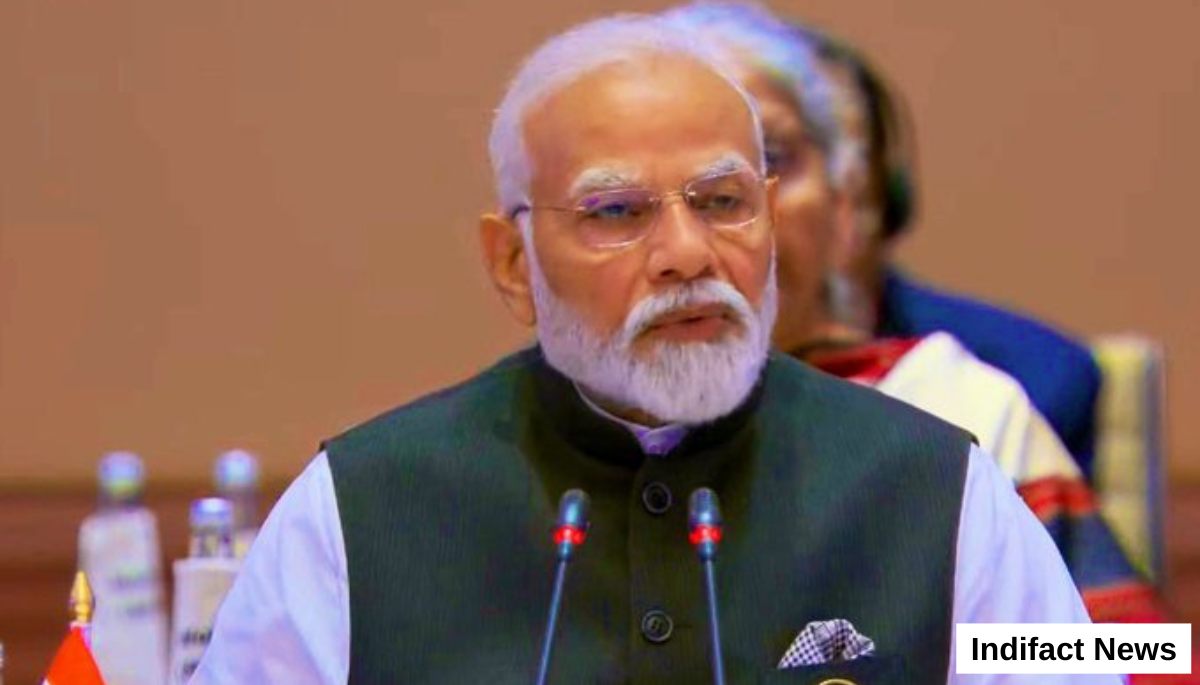
This dual focus creates a tightrope walk. The government must balance the push for high-quality, globally competitive institutions with the persistent national challenges of high drop-out rates, low attendance, ensuring equitable access, and addressing the digital divide that affects marginalized communities.
Securing this balance requires dedicated public investment. The analysis confirms the need for increased government expenditure on education and related infrastructure, necessitating a strong and effective partnership between central and state governments. This cooperation is vital to ensure that improved quality standards and affordability are maintained not just in the 12 IoE institutions, but across the system, reaching the district or block level. By increasing the number of institutions subjected to rigorous quality assessments and aligning faculty recruitment and promotion mechanisms with international standards, the entire system can be pulled upward, PM Modi QS Asia Rankings.
The Dragon’s Strategy: Decoding China’s Double First-Class Construction
The PM Modi QS Asia Rankings competition for global educational influence is primarily defined by the strategic rivalry between Asia’s two largest economies. India’s success in achieving 294 ranked institutions is commendable, but the context requires acknowledging that China currently fields 395 institutions, leading the region in capacity. China’s lead is the direct result of a long-term, sustained, and heavily state-sponsored strategy for academic dominance.
China’s current strategy, known as the “Double First-Class Construction,” was initiated in 2015. This initiative was the successor to the highly effective and heavily funded Project 211 and Project 985, which began decades earlier. China’s model is defined by strategic resource concentration. The program selects 147 universities nationwide for focused development and substantial state sponsorship. This continuous, centralized financial commitment ensures that resources are not diffused across the entire system but are concentrated to push selected institutions into the global elite, a strategy that directly translates into high representation in the top tiers of international rankings PM Modi QS Asia Rankings.
Autonomy vs. Centralization: A Tale of Two Models
Contrasting India’s approach with China’s reveals fundamentally different philosophies of governance and funding. China’s system, PM Modi QS Asia Rankings as observed in the transition to the Double First-Class Plan, is one where the “political stream plays a leading role,” ensuring that policy and massive, sustained funding converge rapidly and centrally. This focused, top-down strategy allows for rapid mobilization of resources needed to achieve high GERD figures and build world-class facilities.
India, PM Modi QS Asia Rankings operating within a complex democratic and federal structure, must rely on an approach that emphasizes institutional autonomy (as seen in the IoE scheme) and seeks diversified funding strategies to reduce dependence on government alone.
The speed of India’s reform (NEP 2020, IoE) is aggressive, but it is relatively nascent compared to China’s decades-long, three-phase strategy. The current ranking slips suggest that India’s recent policy overhaul is currently being outpaced by the momentum of China’s sustained, concentrated capital injection. Achieving sustained global ranking excellence requires not just policy novelty, but decades of consistent political consensus and guaranteed funding that operates at an international, not merely national, standard.
The PM Modi QS Asia Rankings competition in the QS rankings is more than merely academic; it is a critical battle for global soft power and influence. High-ranking institutions attract international faculty and students, project national expertise, and build vital research networks. For India to truly leverage its demographic dividend and fulfill its ambition of becoming a ‘Vishwa Guru’ (global teacher), success in this arena is a key geopolitical scoreboard.
The Evergreen Strategy: Future-Proofing India’s Educational Brand
In today’s hyper-connected world, the success of a national education policy is intrinsically linked to its digital visibility. The modern student is a dedicated researcher, with nearly 90% beginning their college search online, scanning options, comparing reputations, and gathering vital information. Search engines, particularly Google, have become the trusted allies of prospective applicants. Institutions that rank well online earn both trust and traffic, while those hidden deep in search results risk being overlooked entirely.
This PM Modi QS Asia Rankings digital imperative means that global rankings serve not only as academic scorecards but also as potent marketing tools. Organic search traffic accounts for 53% of a typical university website’s traffic in India, and high-ranked institutions see application rates soar, with conversion rates significantly higher than traditional outbound marketing efforts. The success of institutions like IIT Delhi, which increased its organic visibility by over 30% year-on-year by optimizing content around high-intent keywords like “best M.Tech programs in India,” clearly illustrates the direct link between digital strategy and institutional enrollment goals.
Therefore, PM Modi QS Asia Rankings global ranking performance is deeply intertwined with recruitment efficiency. A poor QS ranking not only impacts academic pride but directly undermines digital recruitment efficiency, deterring international applications and wasting marketing budgets. Conversely, a high-quality, comprehensive analysis of India’s commitment to educational quality, like this report, acts as a critical national marketing tool, reinforcing institutional brand equity and attracting global talent year-round, ensuring its lasting (evergreen) value.
Sustaining the Momentum: Policy Conclusions and Recommendations
The PM Modi QS Asia Rankings’s pledge to ensure quality education is backed by ambitious policy architecture, but achieving sustained success in the QS rankings requires a sharp focus on the specific structural weaknesses identified by the methodology.
Surgically Targeting International Metrics: The most immediate constraint is internationalization. Policy focus must aggressively target increasing the proportion of international faculty and students (currently weighted at 2.5% each). This necessitates significant investment in competitive global salaries, streamlined, attractive visa processes, and ensuring that the autonomy granted to Institutions of Eminence is fully leveraged to recruit and retain foreign talent.
Radical R&D Funding Uplift: The GERD stagnation (0.64% to 0.66%) must be addressed immediately. Radical steps are needed to incentivize private sector contributions, raising them from the current 36% to a more competitive benchmark. The National Research Foundation (ANRF) must be adequately capitalized and operationalized to channel massive, dedicated funds towards research.
Prioritizing Impact over Output: Since India already performs well on ‘Papers per Faculty’ , the marginal increase in ANRF funding should be strategically directed towards boosting the global visibility and impact of this research output, thereby directly improving the ‘Citations per Paper’ metric (10% of QS score). This requires investing in global collaborative networks, open-access publication fees, and high-quality research infrastructure.
By strategically aligning domestic policies like the NEP 2020 and the IoE scheme with the clear, measurable outcomes demanded by international benchmarks, India can solidify its educational brand globally. The ultimate objective is not merely to chase rankings, but to secure the demographic dividend by ensuring that sustained quality education, focused on research and innovation, remains the core commitment for the next generation of youth. This PM Modi QS Asia Rankings integrated approach will ensure that the current surge in ranked institutions is followed by a sustained leap into the global academic elite.






